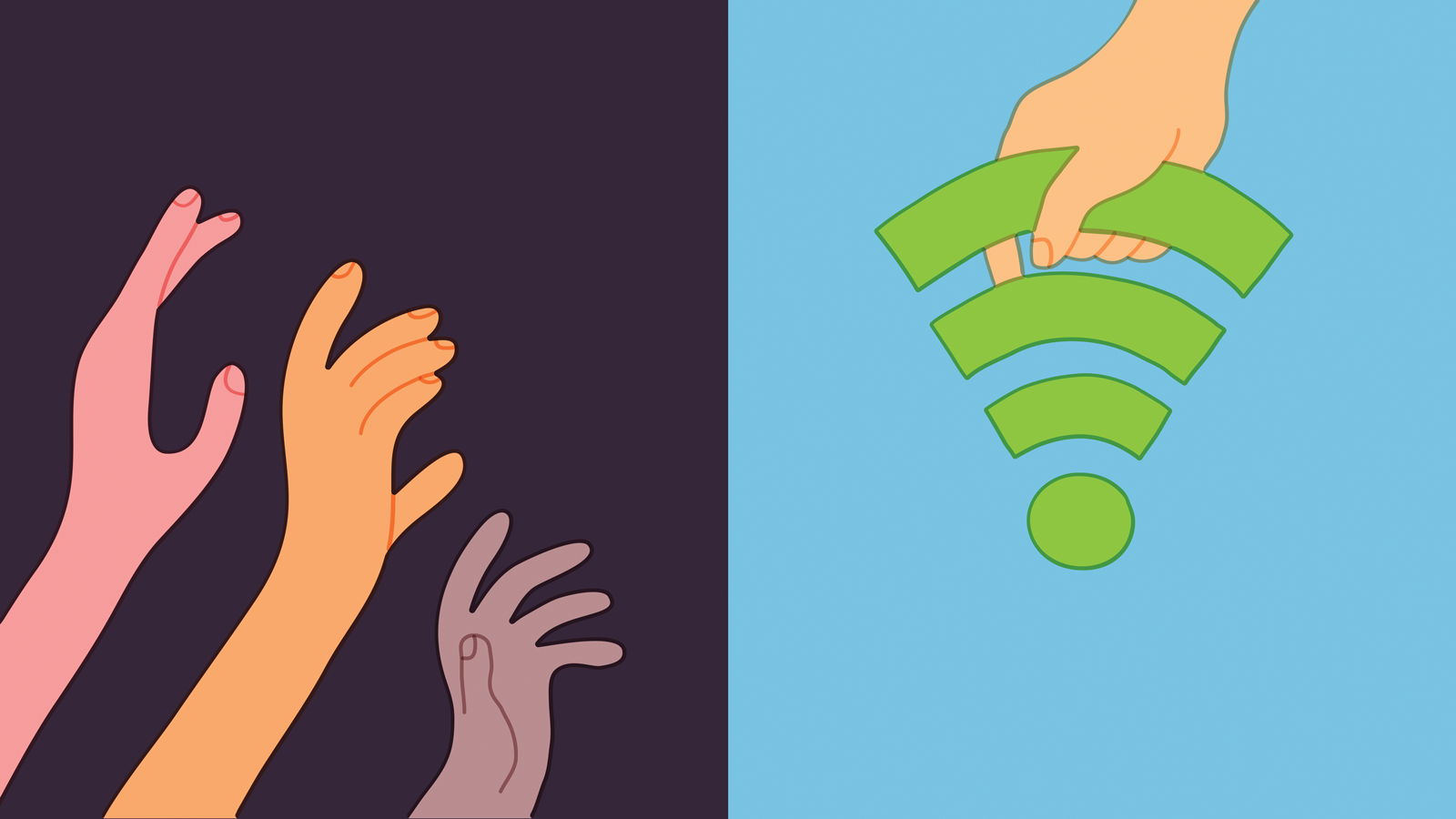New Delhi: India needs to bridge its digital divide now more than ever, as the exponential spread of Covid-19 has generated unrivalled disruption and has forced people to shift online for their daily activities, but in the absence of internet tools, half of the country’s population—more than 60 crore—is bound to stay out of this transitional race, according to data of the International Telecommunication Union (ITU). India has been ranked 122 among 215 countries in terms of internet users in a report released by the International Telecommunication Union (ITU) in 2019. The ITU, originally the International Telegraph Union, is a specialised agency of the United Nations that is responsible for issues that concern information and communication technologies. ITU is the oldest global international organisation which makes an annual assessment based on a wide range of parameters and data.
According to ITU data released last year, only 51.71%—that is, around 70 crore people—use the internet in the country. Internet users are defined as persons who accessed the internet in the last 12 months from any device, including mobile phones.
Notably, the Indian government’s own data that is periodically prepared and released by the Union Ministry of Communications, suggests that the country had 64 crore internet users in the financial year 2018-19. The data of the current year is yet to come.
However, the Digital India scheme has promoted electronic governance, mobile health
‘India needs to bridge increasing digital divide’
इस शब्द का अर्थ जानिये
- Advertisement -

